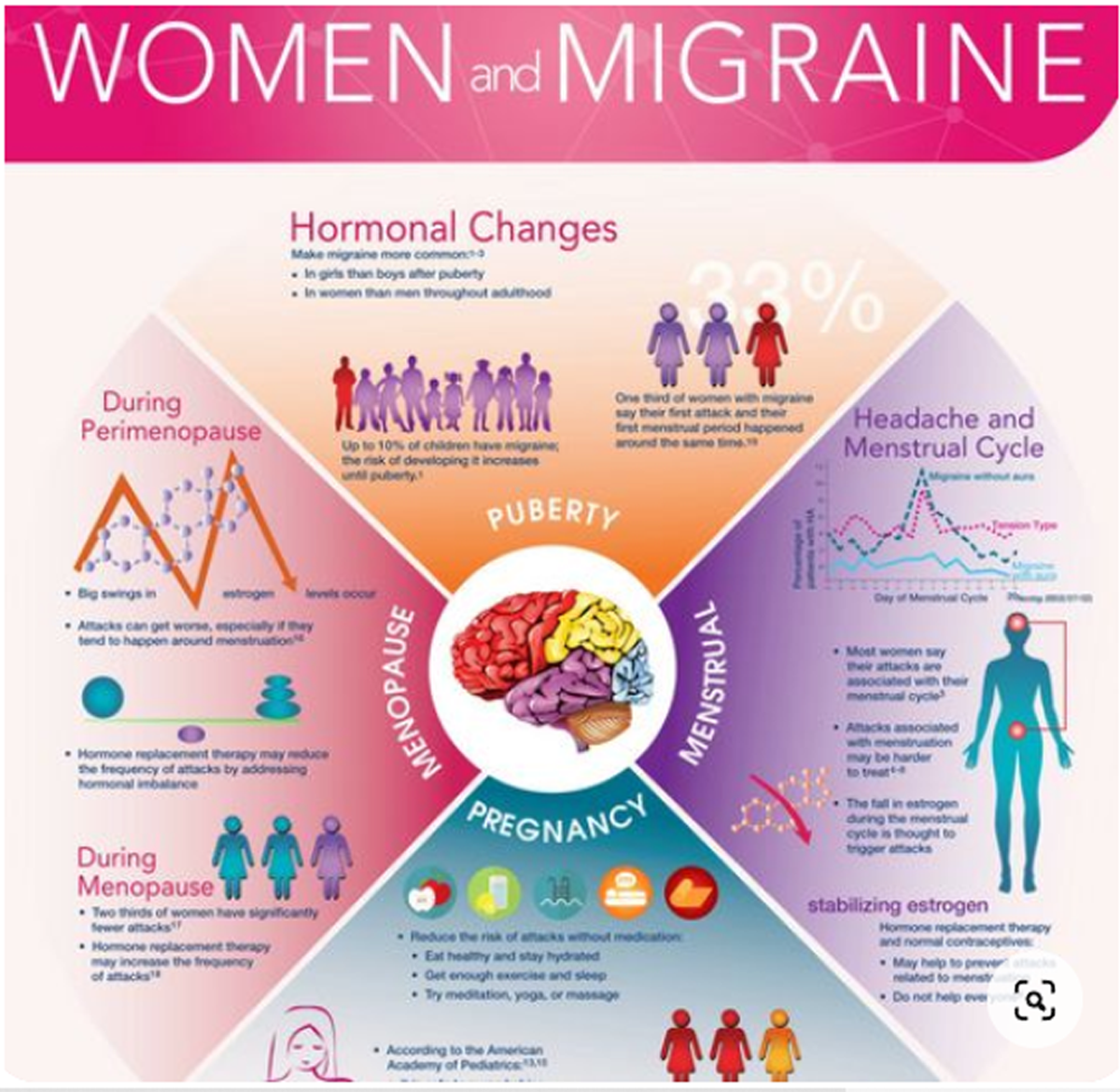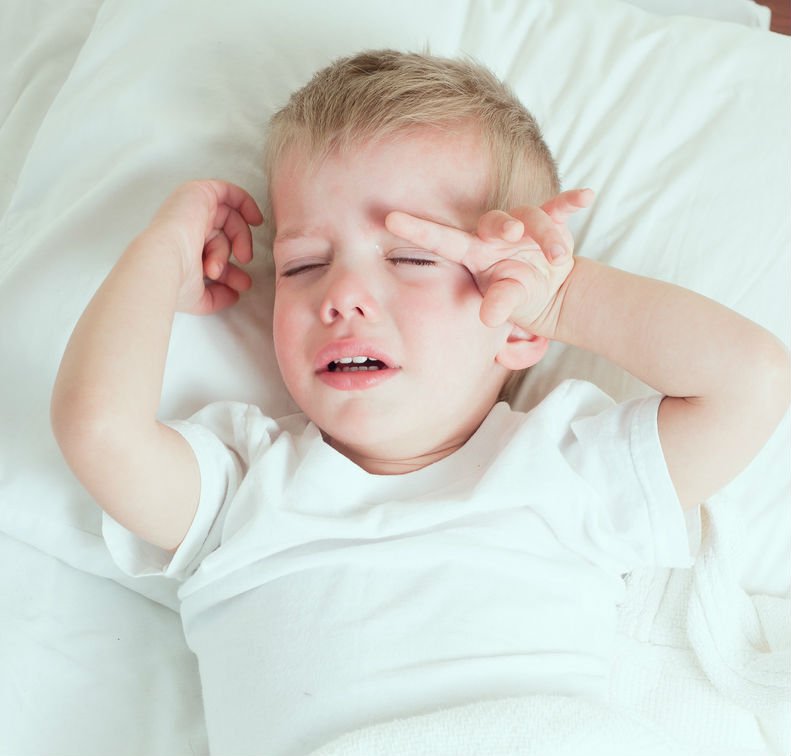Upper Cervical and Upper Thoracic Manipulation Versus Mobilization and Exercise in Patients with Cervicogenic Headache: A Multi-center Randomized Clinical Trial
SOURCE: BMC Musculoskel Disord. 2016 (Feb 6); 17 (1): 64
James R. Dunning, Raymond Butts, Firas Mourad,
Ian Young, Cesar Fernandez-de-las Peñas st. al.
Alabama Physical Therapy & Acupuncture,
Montgomery, AL, USA
BACKGROUND: Although commonly utilized interventions, no studies have directly compared the effectiveness of cervical and thoracic manipulation to mobilization and exercise in individuals with cervicogenic headache (CH). The purpose of this study was to compare the effects of manipulation to mobilization and exercise in individuals with CH.
METHODS: One hundred and ten participants (n = 110) with CH were randomized to receive both cervical and thoracic manipulation (n = 58) or mobilization and exercise (n = 52). The primary outcome was headache intensity as measured by the Numeric Pain Rating Scale (NPRS). Secondary outcomes included headache frequency, headache duration, disability as measured by the Neck Disability Index (NDI), medication intake, and the Global Rating of Change (GRC). The treatment period was 4 weeks with follow-up assessment at 1 week, 4 weeks, and 3 months after initial treatment session. The primary aim was examined with a 2-way mixed-model analysis of variance (ANOVA), with treatment group (manipulation versus mobilization and exercise) as the between subjects variable and time (baseline, 1 week, 4 weeks and 3 months) as the within subjects variable.
RESULTS: The 2X4 ANOVA demonstrated that individuals with cervicogenic headache (CH) who received both cervical and thoracic manipulation experienced significantly greater reductions in headache intensity (p < 0.001) and disability (p < 0.001) than those who received mobilization and exercise at a 3-month follow-up. Individuals in the upper cervical and upper thoracic manipulation group also experienced less frequent headaches and shorter duration of headaches at each follow-up period (p < 0.001 for all). Additionally, patient perceived improvement was significantly greater at 1 and 4-week follow-up periods in favor of the manipulation group (p < 0.001).
There are more articles like this @ our:
CONCLUSIONS: Six to eight sessions of upper cervical and upper thoracic manipulation were shown to be more effective than mobilization and exercise in patients with CH, and the effects were maintained at 3 months.
KEYWORDS: Cervicogenic headache Spinal manipulation Mobilization High velocity low amplitude thrust
From the FULL TEXT Article:
Background
The International Classification of Headache Disorders defines cervicogenic headache (CH) as,
“headache caused by a disorder of the cervical spine and its component bony, disc, and/or soft tissue elements, usually but not invariably accompanied by neck pain.” [1] (p.760)
The prevalence of CH has been reported to be between 0.4 and 20 % of the headache population [2, 3] , and as high as 53 % in patients with headache after whiplash injury [4] . The dominant features of CH usually include:
- unilaterality of head pain without side-shift
- elicitation of pain with external pressure over the ipsilateral upper neck
- limited cervical range of motion, and
- the triggering of attacks by various awkward or sustained neck movements. [4, 5]
- Individuals with CH are frequently treated with spinal manipulative therapy including both mobilization and manipulation. [6] Spinal mobilization consists of slow, rhythmical, oscillating techniques whereas manipulation consists of high-velocity low-amplitude thrust techniques. [7] In a recent systematic review, Bronfort and colleagues reported that spinal manipulative therapy (both mobilization and manipulation) were effective in the management of adults with CH. [8] However, they did not report if manipulation resulted in superior outcomes compared to mobilization for the management of this population.
Read the rest of this Full Text article now!






Leave A Comment